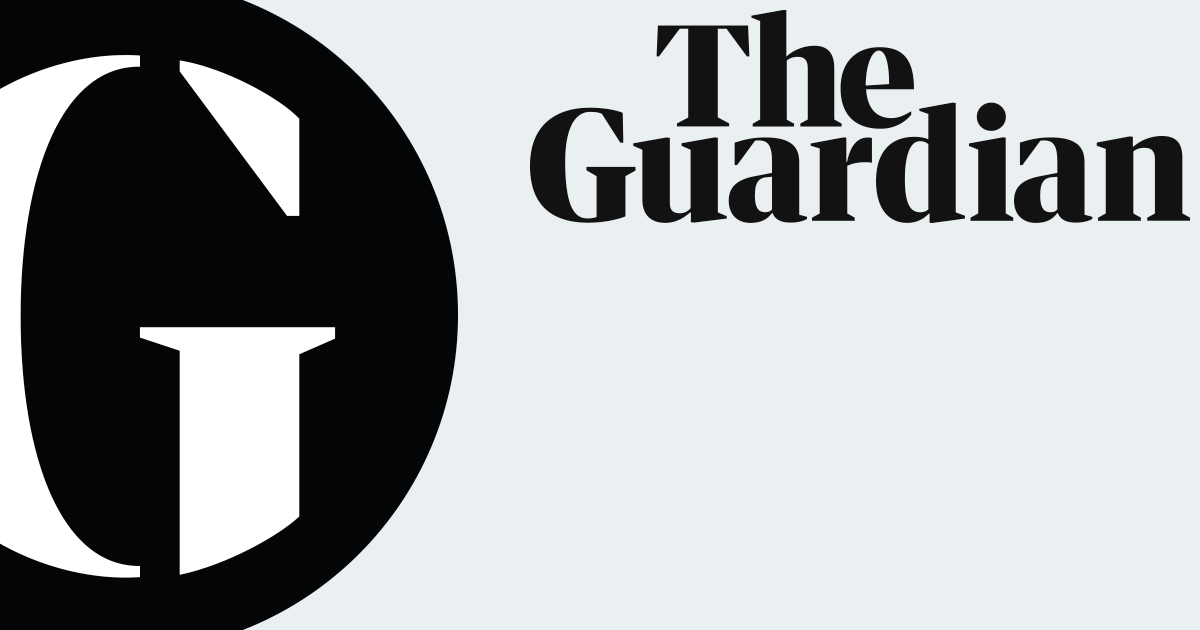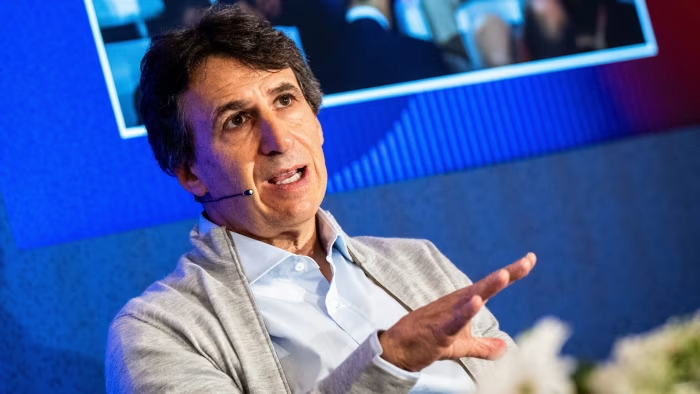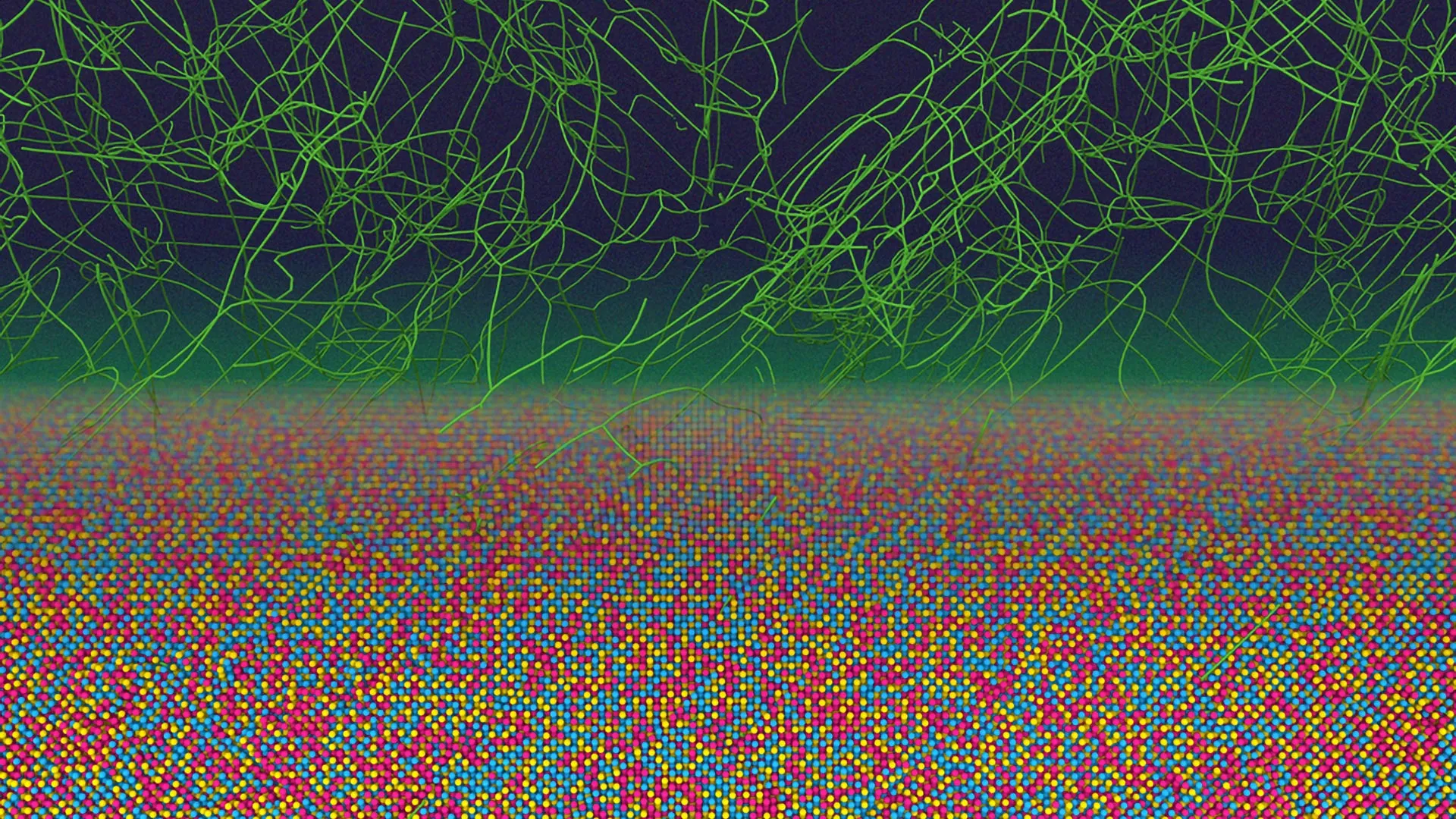This series is supported through philanthropic funding to theguardian.org, a US-based foundation that partners with the Guardian on independent editorial projects.
All of the journalism is editorially independent, commissioned and produced by our…

This series is supported through philanthropic funding to theguardian.org, a US-based foundation that partners with the Guardian on independent editorial projects.
All of the journalism is editorially independent, commissioned and produced by our…

Unlock the Editor’s Digest for free
Roula Khalaf, Editor of the FT, selects her favourite stories in this weekly newsletter.
Top US financiers have warned of an erosion in lending standards after credit markets were shaken by the collapse of First Brands Group and Tricolor Holdings.
Apollo Global Management chief executive Marc Rowan said the unravelling of the two businesses followed years in which lenders had sought out riskier borrowers.
“It does not surprise me that we are seeing late-cycle accidents,” Rowan said on Tuesday. “I think it’s a desire to win in a competitive market that sometimes leads to shortcuts.”
Last month’s failure of First Brands and subprime auto lender Tricolor has reverberated across credit markets and left investors such as Blackstone and PGIM, as well as major banks including Jefferies, nursing heavy losses.
It has also prompted further scrutiny of the private capital industry and the lack of transparency around borrowers, which tend to be highly levered with debt.
“In some of these more levered credits, there’s been a willingness to cut corners,” Rowan told the Financial Times Private Capital Summit in London.
Both Rowan and Blackstone president Jonathan Gray pointed the finger at banks for having amassed exposure to First Brands and Tricolor, but said the collapses were not signs of a systemic issue. “What’s interesting is both of those were bank-led processes,” Gray told the same FT conference, rejecting “100 per cent” the “idea that this was a canary in the coal mine” or a systemic problem.
Far from championing First Brands, Apollo went so far as to build a short position against debt linked to the group prior to its collapse, meaning it would profit if the company failed to repay loans. “Most of the announced holders of risk are, in fact, financial institutions,” said Rowan.
Banks and private capital firms have been at odds in recent years as businesses have increasingly turned to private credit for their borrowing needs. Traditional lenders have labelled the shift regulatory arbitrage and complained that non-bank financial institutions are too lightly regulated.
But First Brands and Tricolor have exposed how both sides are intertwined through complex financial structures that can obfuscate who holds the underwriting risk, especially as bank lenders aim to maintain their market share.
JPMorgan Chase chief executive Jamie Dimon echoed some of the concerns on Tuesday as the bank reported strong earnings that were marred by a $170mn hit from Tricolor’s collapse.
“My antenna goes up when things like that happen. I probably shouldn’t say this but when you see one cockroach there are probably more,” he said. “There clearly was, in my opinion, fraud involved in a bunch of these things, but that doesn’t mean we can’t improve our procedures,” he added, acknowledging that the Tricolor exposure “was not our finest moment”.
Meanwhile, the IMF on Tuesday called for regulators to focus on bank exposure to the sector, noting that “banks are increasingly lending to private credit funds because these loans often deliver higher returns on equity than traditional commercial and industrial lending”.

Pupils fear that using artificial intelligence is eroding their ability to study, with many complaining it makes schoolwork “too easy” and others saying it limits their creativity and stops them learning new skills, according to new research.
The report on the use of AI in UK schools, commissioned by Oxford University Press (OUP), found that just 2% of students aged between 13 and 18 said they did not use AI for their schoolwork, while 80% said they regularly used it.
Despite AI’s widespread use, 62% of the students said it has had a negative impact on their skills and development at school, while one in four of the students agreed that AI “makes it too easy for me to find the answers without doing the work myself”.
A further 12% said AI “limits my creative thinking” while similar numbers said they were less likely to solve problems or write creatively.
Alexandra Tomescu, OUP’s generative AI and machine learning product specialist, said the study was among the first to look at how young people in the UK were incorporating AI into their education.
“The thing I find fascinating is how sophisticated the answers are,” Tomescu said. “For 60% of students to say they are concerned that AI tools encourage copying rather than doing original work, that’s a very deep understanding of what your schoolwork is meant to help you do, and what the pitfalls and benefits are associated with this technology.
“Young people who are using this technology actually have a pretty sophisticated, quite mature understanding of what the technology does in relation to their schoolwork, which is fascinating because we don’t give young people enough credit when it comes to using technology in an educational space, unaided, in this way.”
OUP’s findings follow empirical studies on the use of AI in education. One published this year by the Massachusetts Institute of Technology (MIT) measured brain electrical activity during essay writing among students using large language models (LLM) such as ChatGPT, and concluded: “These results raise concerns about the long-term educational implications of LLM reliance and underscore the need for deeper inquiry into AI’s role in learning.”
Nearly half of the 2,000 students surveyed by OUP said they were worried their classmates were “secretly using AI” for schoolwork without their teachers being unable to spot it.
Many reported that they wanted more help from teachers for the appropriate use of AI and in judging whether its output was reliable. OUP said it is launching a new AI education hub aimed at supporting teachers.
“Some of these findings will be very interesting for teachers, especially around how much students are expecting guidance from teachers. We sometimes think there is a technological generational divide, and yet they are still looking at their teachers for guidance in how to use this technology productively, and I find that very positive,” Tomescu said.
Daniel Williams, an assistant headteacher and AI lead at Bishop Vesey’s grammar school in Birmingham, said: “The findings closely reflect what I see in school. Many pupils recognise AI’s value for creativity, revision, and problem-solving but often use it as a shortcut rather than a learning tool.”
Just 31% said they didn’t think AI use had a negative impact on any of their skills. But most students said using AI helped them gain new skills, including 18% who said it helped them understand problems, and 15% said it helped them come up with “new and better” ideas.
Asked to elaborate, one 15-year-old female student said: “I have been able to understand maths better and it helps me to solve difficult questions.”
Meanwhile, a boy aged 14 claimed: “I now think faster than I used to.”

US President Donald Trump wants to “plant the stars and stripes on the planet Mars”. But more than 50 years on from the moon landings, America’s space agency, Nasa, is in disarray. Meanwhile, China is forging ahead with its own plans for…

Unlock the Editor’s Digest for free
Roula Khalaf, Editor of the FT, selects her favourite stories in this weekly newsletter.
In 2019, podcaster Dasha Nekrasova tweeted “Chris Kraus is a landlord” from a private account. A year later, user…
Many marine species are no strangers to the depths of the oceans. Some animals, like certain sharks, tuna, or turtles, routinely perform extreme dives, whereas for other species such behavior has been…

There are times when Jay Spring believes he is “the greatest person on planet Earth”. The 22-year-old from Los Angeles is a diagnosed narcissist, and in his most grandiose moments, “it can get really delusional”, he says. “You are on…
SHANGHAI, Oct. 15, 2025 /PRNewswire/ — JBD, a global leader in MicroLED microdisplays, announced the launch of its next-generation “Roadrunner” platform.
Since achieving mass…


For years, scientists have known that tiny chemical patterns can form inside metal alloys, but most assumed these patterns were insignificant or disappeared during manufacturing. Recent experiments have shown that in controlled lab conditions,…